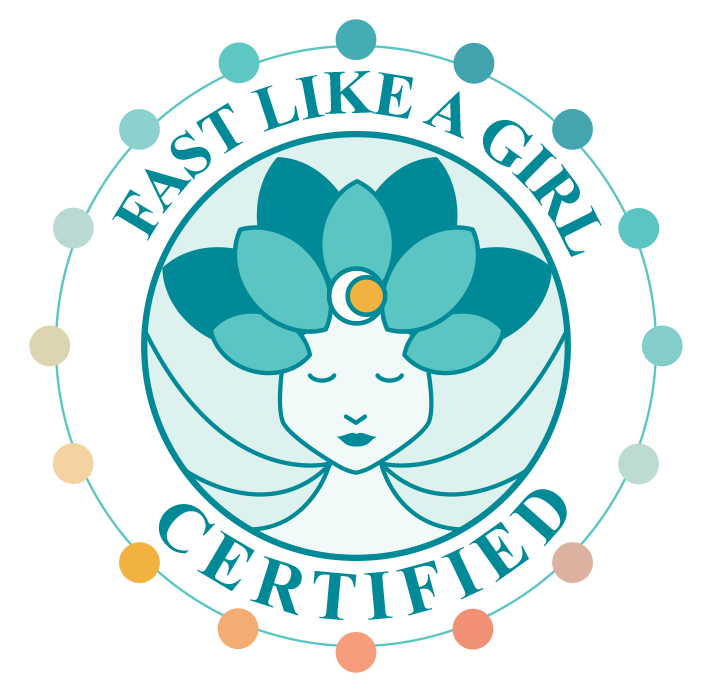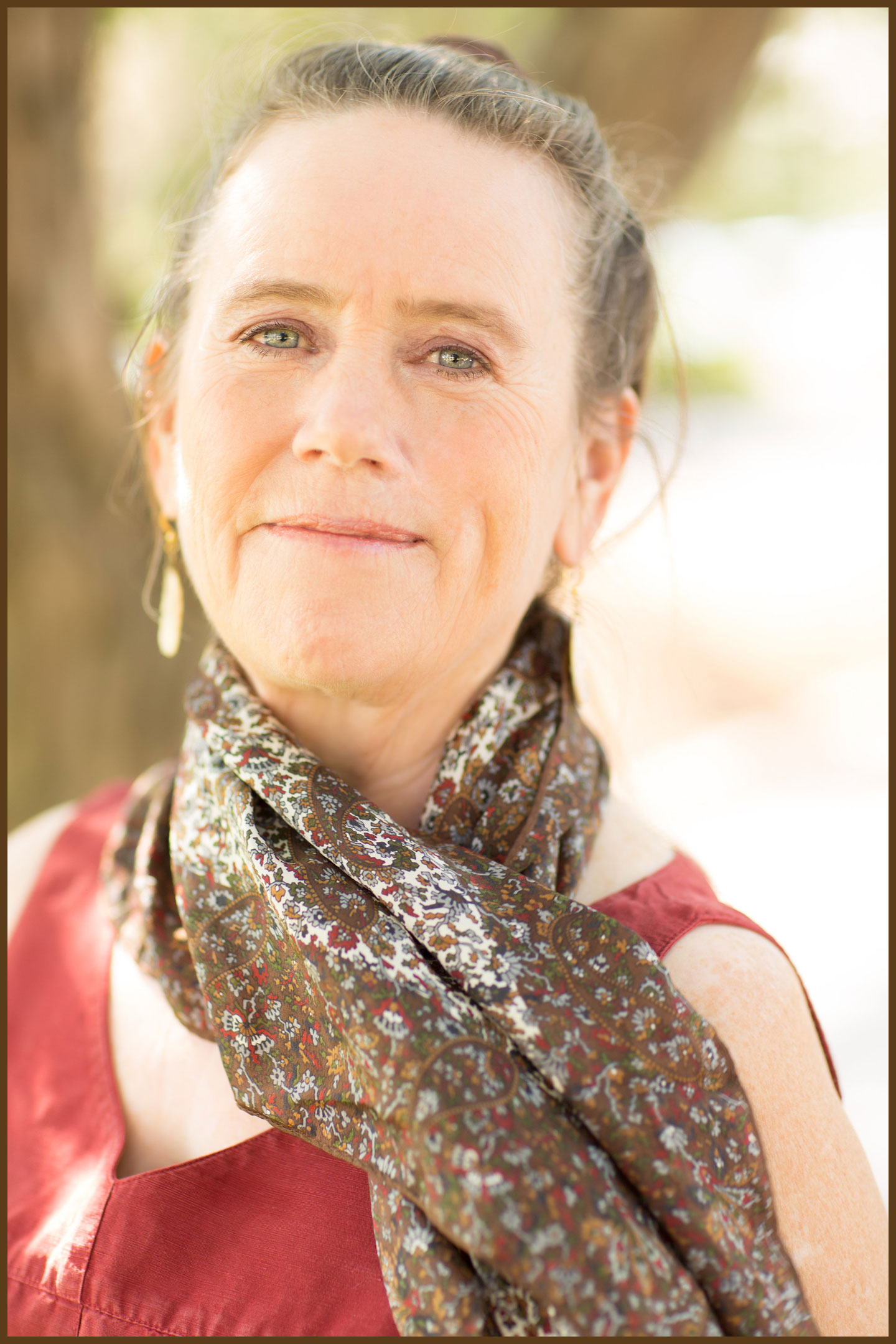Perhaps it has been this way for you too lately. I have not driven my car for a few days to go out anywhere. I have joined online meetings more than ever. I am coming up with different options for connection which I did not have to think about before.
We all are experiencing life in a different way since the spread of the COVID-19 virus outbreak. Our activities in life are getting redefined to look a different way. We don’t know how long we will have to act this way and we don’t know if it will get worse and we will be even more limited. In addition, we don’t know what our options will be when the outbreak has receded.
Social Distancing
Experts have advised us to maintain “social distance.” This means physically distancing ourselves from others – not socially isolating ourselves. Social distancing also does not mean quarantining ourselves, that is, limiting ourselves to one room or our houses.
I prefer to think about it as physically distancing, because we need social contact. The rub is that close contact can spread the virus, whether we have symptoms we can detect or not.
Physical not social distance
In fact, Dr. Jonathan Kanter, an expert in social connection, points out the difficulty in maintaining distance when we are all going through an uncertain time with potential for illness and death. He says “we are biologically hard-wired to seek each other out when we are stressed.” With life disrupted, our schedules re-arranged with perhaps more open time, and our knee-jerk habits re-examined, we need each other to know we are not alone in coping with this and to hear the creative ways each other are managing.
With schools and churches closed, people working at home, events postponed or cancelled, and no outlet at sporting events or performances, do we know what to do with ourselves? Do we know how to fulfill our social inclinations and needs?
I feel that this time calls for the practice of appreciation, realizing what we can do instead of what we can’t do. It is a time to spread love and gratitude while helping others and accepting help. While keeping some physical distance, we can still connect.
Physical distance for a reason
Humans can be creative in fulfilling social drives, however, we may actually be reckless if we don’t take into account the consequences of our actions. Even if we are in an age group which is low-risk for serious consequences of the virus, socializing can spread infection.
According to the New York Times, experts recommend some best practices which worked in the Spanish Flu pandemic of 1918 and the Flu outbreak in Mexico City in 2009. They tell us to minimize actual contact with other people. When around others, maintain a distance of at least six feet from each other. They advise avoiding socializing, even if you have no symptoms or are at low risk.
When we do have contact with others
Families and friends can gather with discernment, understanding that the smaller the gathering and the healthier the people there, the lower the risk. Understandably, the fewer the gatherings, the less people gathered, the less contagion.
We do need to go outdoors for fresh air and exercise; we should not be confined to our houses. Those experts recommend wiping down surfaces with which you have contact on coming and going from home. In addition, wash your hands when you come back to your house.
Kids can be encouraged to play in individual activities, and avoid high traffic areas like playgrounds which may have contaminated surfaces. Again have kids wash their hands when they come home.
Shopping
When we need to go out to shop, experts advise minimizing trips, and getting all you need in one trip. However, as we have already seen happening, we don’t need to hoard. Two weeks supply should do it. I look in my cabinets and see that I already have plenty for a few weeks, and simply need some fresh fruits and vegetables.
Experts advise choosing a time to shop when it is least likely to be crowded. They say when you are out, keep your cell phone put away to minimize contamination. As stores have been providing sanitary wipes, wipe down your cart handle, and wash your hands when you get home.
Alternatively, we can shop online for store pick-up or even home delivery.
As those who are high risk are advised to stay home, you may want to offer to shop for those people like the elderly.
Creative ways to have activities with others
If restaurants are not closed, perhaps we can order takeout to avoid sitting with others. I warn that this is not an excuse to drive through for fast food! We can make our default home cooked nutritious meals because they can support our immune system and keep us healthy.
Let’s check in with each other as we are hunkering down in our homes. The most connected way to do that is by video chat, then by phone. If nothing else, text, just to let someone know you are thinking about them.
We can get creative and gather for a virtual game night. Charades or trivia might be appropriate, or else what fun would it be for one person to hold the cards for each player? This may be an opportunity to enroll in remote learning classes, to learn something you have always meant to. We can even eat together virtually through face time or zoom or google hangouts.
This uncharted territory of connecting without being physically close is a challenge. I believe it is a challenge we are rising to, and learning from. We may engage our creativity in coming together in safe ways.
Please comment below how you are connecting while staying physically distant.





